Umbraco and WordPress are two popular content management systems (CMS) that businesses and organisations can use to create and manage their websites. Here are some of the key differences between Umbraco and WordPress:
-
Flexibility: Umbraco is known for its flexibility and ability to handle complex web projects, while WordPress is more suited for simpler websites and blogs.
-
Customisation: Umbraco provides greater customisation options and allows for more advanced development, while WordPress is known for its vast library of plugins and themes that can be used to customise websites without requiring technical expertise.
-
Security: Umbraco is built on the Microsoft .NET framework and has a reputation for being more secure than WordPress, which is built on PHP.
-
Multi-language support: Umbraco has robust multi-language support out-of-the-box, while WordPress requires the installation of third-party plugins for this functionality.
-
Performance: Umbraco is known for its performance and scalability, while WordPress can sometimes struggle with performance issues on larger websites.
-
Learning curve: Umbraco has a steeper learning curve than WordPress and requires technical expertise to develop and maintain, while WordPress is generally more user-friendly and accessible to non-technical users.
Overall, the choice between Umbraco and WordPress will depend on the specific needs and requirements of a business or organisation. Umbraco is generally more suited for complex web projects that require advanced customisation and security, while WordPress is a better fit for simpler websites and blogs that require a user-friendly CMS with a large selection of plugins and themes.

Umbraco is a CMS that’s fully extendable, highly customisable, and user-friendly.
Umbraco gives you the freedom to manage your digital content your way
Umbraco is a leading open-source .NET CMS known and loved for being fully flexible and a delight to work with for editors.





